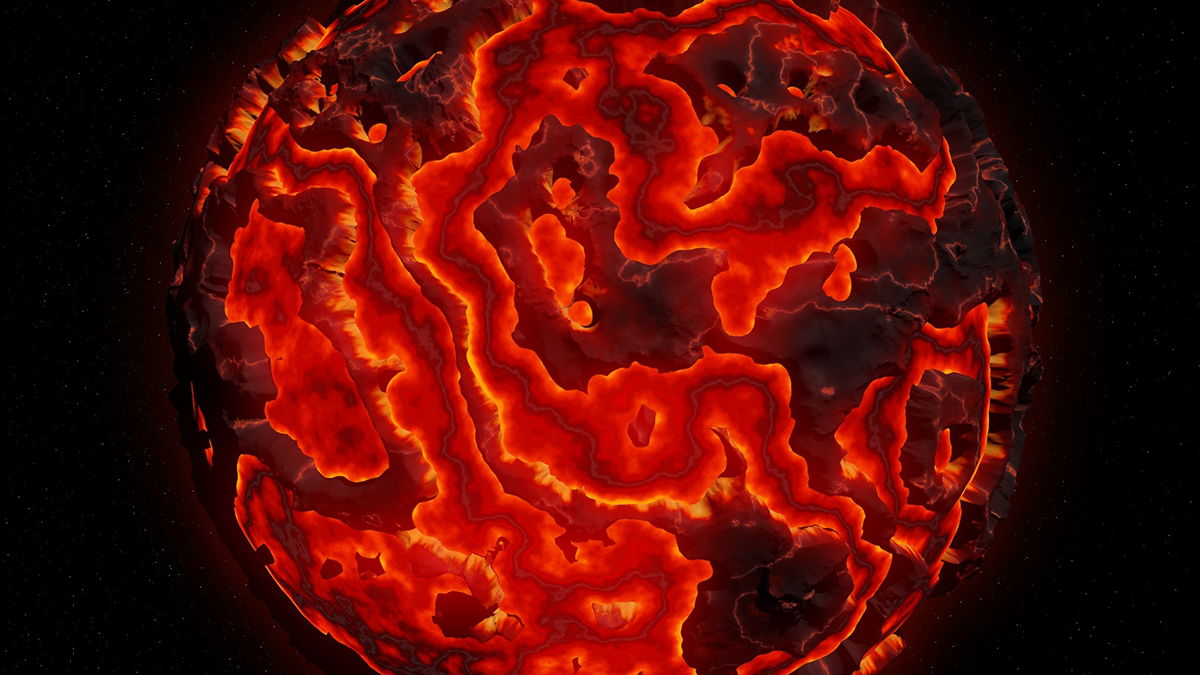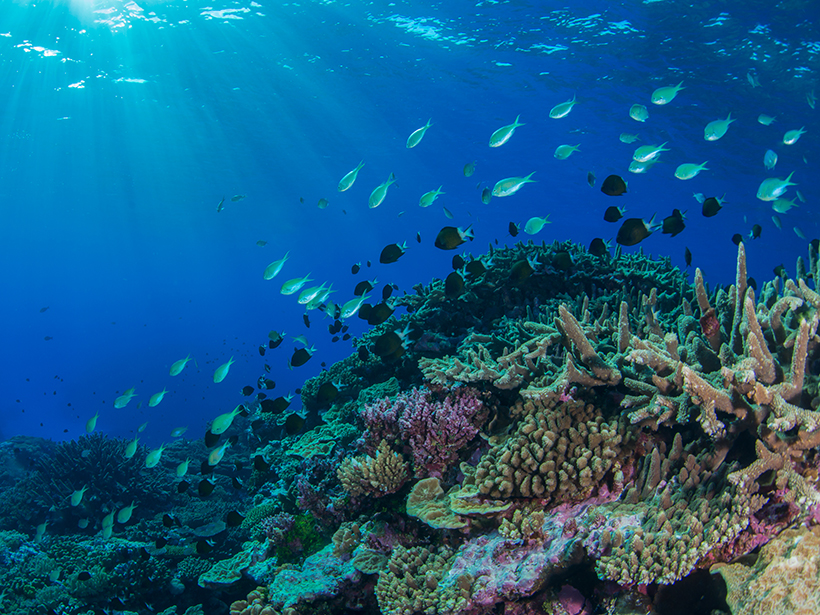In 2019, Tropical Cyclone Oma hovered over the Coral Sea in the South Pacific, leaving a massive algae bloom in its wake.
Coral Sea
Posted inNews
Layered Zone Beneath Coral Sea Suggests Ancient Magma Ocean
Scientists studying South Pacific earthquakes suggest that an ultralow-velocity zone at the core-mantle boundary may be a remnant of a molten early Earth.
Posted inNews
Heat Waves, More Than Coral Death, May Cause Fish to Flee Reefs
A study over a broad swath of the Great Barrier Reef shows that warming waters directly cause fish and invertebrates to leave the reef, making it harder for coral to recover from bleaching events.



